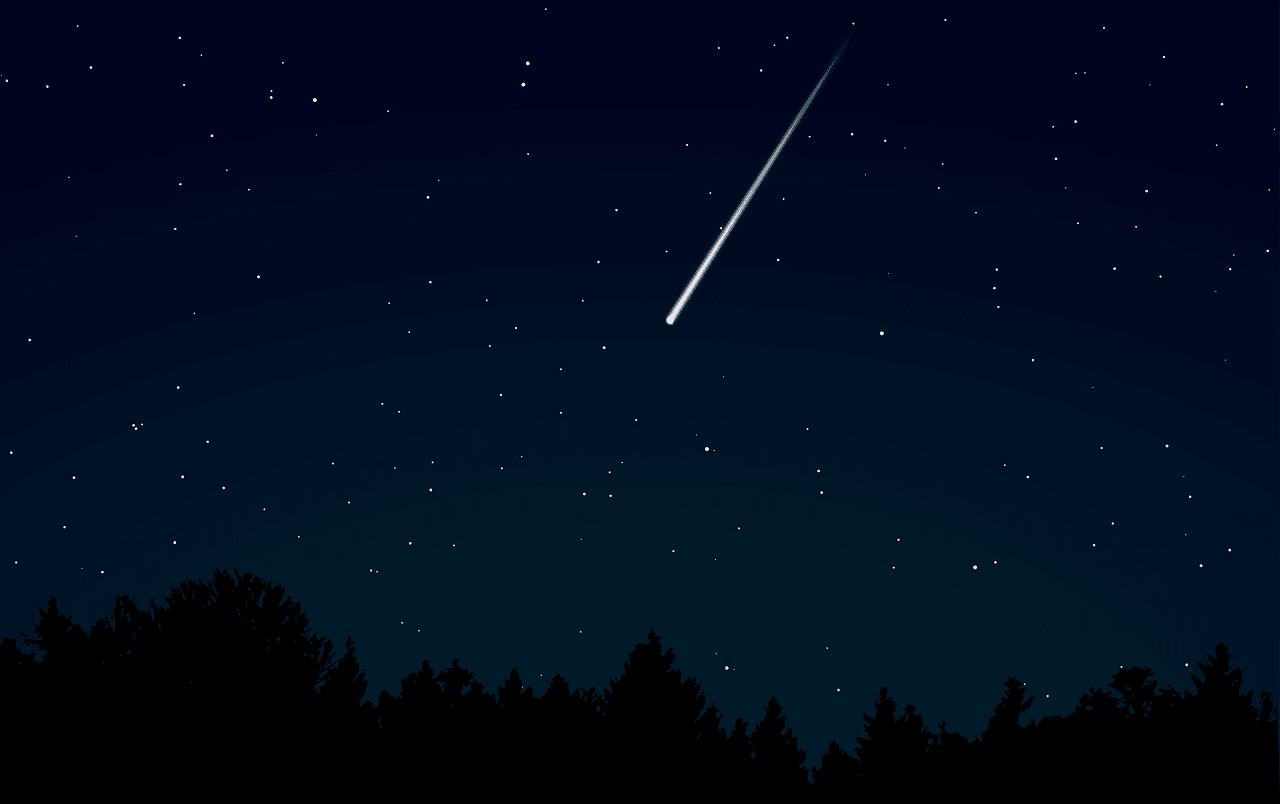After a dazzling night with dueling meteor showers streaking through the sky earlier this week, astronomers and stargazers are preparing for another nighttime light show when the 2019 Perseid meteor shower peaks. While some meteors can already be seen in the night sky starting Aug. 2-4, the annual shower will peak in the early morning hours of Aug. 11-13. Unfortunately for those who enjoy keeping up with meteor showers, the nearly full moon could wash out the light from the meteors.
Starting in August, every night could offer a great opportunity to see a few meteors or “shooting stars,” as long as the skies are clear and the weather in your favor. According to EarthSky, meteors can already be seen, and the new moon, also known as a black moon, means viewing conditions are perfect.
NASA explained that the Perseids have been flattering the night sky for over 2,000 years. These dust and debris leftovers are actually the remnants of the Swift-Tuttle comet, which visits Earth every 133 years. Every August, Earth passes through the space debriss which burns up in the atmosphere when it comes into contact with Earth’s magnetic field. The Perseids are special because they burn more brightly than meteors from other meteor showers.
The meteors radiate from the Perseus constellation after which they were named, but they streak across the northeastern sky as the evening passes. The Perseids are some sky watchers’ favorite meteors, especially in the Northern Hemisphere because they are in greater numbers and provide beautiful views during warm summer nights. They travel at 132,000 miles per hour, making their streaks even more vivid. While in passing through Earth’s atmosphere, they reach between 3,000 and 10,000 degrees Fahrenheit. The next time the Swift-Tuttle comet will approach is in 2126.
According to NASA, the best times to view the meteor shower are around midnight, but the actual meteors can be seen anytime after 10 p.m. through the first hours before dawn.
How to watch the 2019 Perseid meteor shower
The 2019 Perseid meteor shower will coincide with the full moon, which takes place on Aug. 15. However, if you focus on the shower’s radiance and on the point from which the meteors are coming, it shouldn’t be very hard to watch the shower. There’s no need for special equipment such as telescopes or binoculars. All you need to do is to get into a dark spot without a lot of light pollution from big cities and towns.
Also be patient because it can take your eyes 20 to 45 minutes to get used to the dark, but as they do, you will be able to see many more stars and meteors in the sky. Also remember to look away from the moon, as the meteors will appear to shine the brightest. While some meteors are dimmer and fall quickly, you won’t miss the brightest meteors that dazzle across the sky for a longer time, trailing a glowing tail behind.





